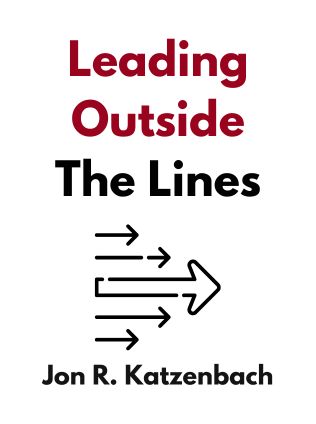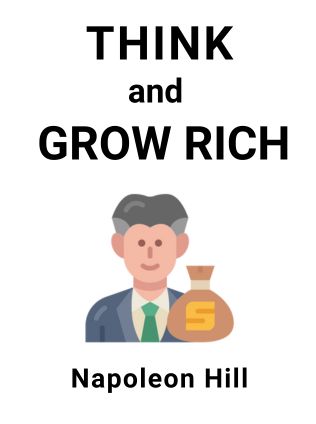
Leading Outside the Lines
How to Mobilize the (in)Formal Organization, Energize Your Team and Get Better Results
By Jon R. Katzenbach,
Published 04/2010
About the Author
Jon R. Katzenbach and Zia Khan are the authors of "Leading Outside the Lines: How to Mobilize the (in)Formal Organization, Energize Your Team and Get Better Results." Jon R. Katzenbach is a noted author of several influential management books, including "Why Pride Matters More Than Money" and "Peak Performance." He is well-known for his seminal work, "The Wisdom of Teams." Zia Khan serves as the vice president of strategy and evaluation at the Rockefeller Foundation. Together, they bring a wealth of knowledge and experience in organizational management and leadership.
Main Idea
"Leading Outside the Lines" explores the dynamics between the formal and informal aspects of organizations and how leaders can leverage both to achieve superior performance. The formal organization encompasses the structured elements such as management hierarchy, process configurations, performance metrics, and formal strategies. In contrast, the informal organization includes culture, social networks, peer interactions, and ad hoc communities. Effective leaders integrate both to create a balanced approach that drives success.
Table of Contents
- Introduction
- Using the Informal to Enhance the Formal
- Motivating Individual Performance
- Mobilizing Organizational Change
- In Conclusion
Introduction
In the contemporary business environment characterized by rapid change, globalization, and the rise of social networks, the traditional reliance on formal organizational structures is insufficient. Leaders must also harness the power of the informal organization to create lasting value and competitive advantage. This book emphasizes the importance of integrating formal and informal elements to enhance overall organizational performance.
An Effort Worth Making
Shifting towards an informal approach is challenging but rewarding. Companies that successfully balance formal and informal elements often outperform their competitors. These organizations align deep values with strategic intent, blend efficiency with flexibility, and motivate employees through both tangible rewards and emotional connections.
Using the Informal to Enhance the Formal
Managers often favor the formal organization because it is easier to define and measure. However, the informal organization—comprising shared values, informal networks, communities, and pride—plays a crucial role in motivating employees and fostering collaboration. Understanding and leveraging the informal elements can lead to significant performance improvements.
The Magic of the Informal
The informal organization influences behavior through emotional means. It includes shared values, informal networks, communities, and pride. These elements motivate employees to go above and beyond their job duties, communicate effectively, and catalyze collaboration. Successful leaders recognize the power of the informal organization and integrate it with formal mechanisms.
When the Balance Shifts
The balance between formal and informal elements changes as organizations grow. Young companies rely heavily on informal structures, while larger organizations require more formal processes. However, leaders must continuously adjust the balance to maintain effectiveness. Recognizing and addressing these shifts is crucial for sustained success.
Jumping Together
Integration of formal and informal elements is essential. Mary Parker Follett, a pioneer in organizational theory, highlighted the importance of integration. Effective leaders blend both elements seamlessly, creating a holistic style that drives organizations to new heights. Monitoring the balance and ensuring alignment between formal and informal mechanisms is key to achieving integration.
Motivating Individual Performance
Pride is a powerful motivator. Employees take pride in their work, and this pride drives them to perform at their best. However, most motivational programs focus on formal rewards like money, perks, and promotions. Understanding the emotional aspects of motivation and leveraging pride can lead to significant performance improvements.
Pride in the Journey
Pride in the journey can be as motivating as pride in the destination. Employees derive satisfaction from the process of achieving goals, not just the end results. Recognizing and celebrating milestones along the way can boost motivation and engagement.
Sign up for FREE and get access to 1,400+ books summaries.
You May Also Like
The Subtle Art of Not Giving a F*ck
A Counterintuitive Approach to Living a Good Life
By Mark MansonThe Lean Startup
How Today's Entrepreneurs Use Continuous Innovation to Create Radically Successful Businesses
By Eric RiesWho Moved My Cheese?
An Amazing Way to Deal with Change in Your Work and in Your Life
By Spencer Johnson, M.D.You Are A Badass
How to Stop Doubting Your Greatness and Start Living an Awesome Life
By Jen SinceroDaring Greatly
How the Courage to Be Vulnerable Transforms the Way We Live, Love, Parent, and Lead
By Brené Brown



















